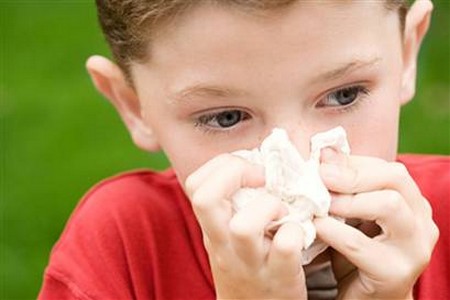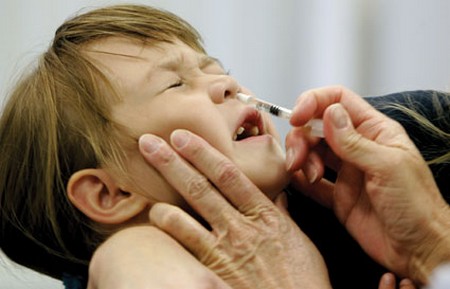Influenza, or flu, has similar but more severe symptoms than the common cold, such as a raised temperature, chills, headaches, sweating, aching and tired muscles, sore throat and a loss of appetite. And, as with the cold, ‘flu can easily be passed on in classrooms by coughing and sneezing and can occur in epidemics. The symptoms usually only last a few days but can be up to a week. As the immune system is weakened, other infections may set in such as bronchitis, sinusitis or ear ache. It may also make other conditions, such as asthma, worse.
What you can do
Keep your child warm and comfortable in a well-ventilated room. Make sure they drink plenty of fluids and if uninterested in eating, try some ‘easy’ foods such as soup or a boiled egg and toasted soldiers. Monitor their temperature and watch for signs of any secondary infection developing.
Treatment
Naturopathy
Naturopaths work towards preventing illnesses such as flu through a healthy diet and lifestyle. Recommendations may include Elderflower tea to help the fever, eating vitamin C-rich foods such as citrus fruits and strawberries to boost the immune system, and zinc, needed to help fight infection and found in vegetables, and garlic, for its antiviral properties. Your child should rest until their temperature returns to normal. The fever should not be suppressed as it’s the body’s way of fighting infection. The naturopath may also recommend a pack placed around the child’s trunk, where a cold water sheet is wrung out and wrapped around the body and then covered with warm blankets. Plenty of water will also be useful, preferably added to homemade juices. Fruit may also be given to help detoxify the body, and mineral salts such as potassium chloride and iron phosphate to help the body fight infection.
Biochemic tissue salts
To help reduce fever and suppress a cough, Ferr. phos. may help, or Kali, sulph. to promote sweating out the illness. Once your child is beginning to recover, but is still feeling weak with no appetite after their illness, use Combination B. Combination Q will help act as a decongestant.
Traditional Chinese medicine
Chinese medicine believes that flu falls into three categories – wind heat, wind cold and damp, and treatment will be according to one of these diagnoses. Plenty of fluids to flush out the body’s toxins will be advised. Moxibustion, where heated needles or moxa sticks are held over the acupuncture points on the body to release any blockages to the flow of Qi or vital energy, may also be applied. A practitioner may prescribe a mixture of Dandelion, Marigold, Garlic, Cardamom and Chrysanthemum, among others, to help relieve symptoms.
Reflexology
Children can be very susceptible to infections. A reflexologist would work on the areas corresponding to the site of infection, such as a sore throat, but will also pay particular attention to the area of the foot relating to the adrenal glands, as it is these glands which help to activate the responses to fight off infection.
Other therapies that may be beneficial: homoeopathy, Bach Flower Remedies.

